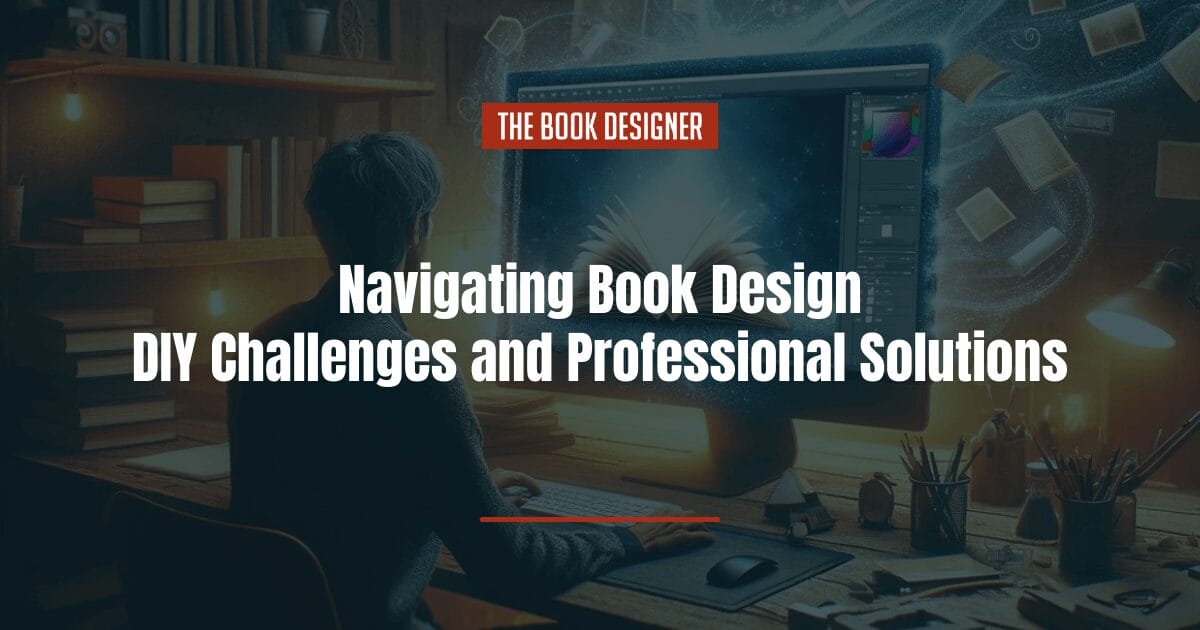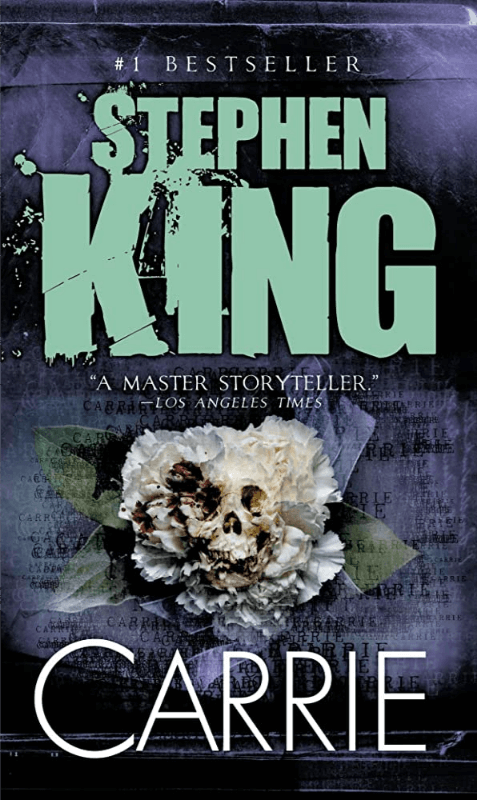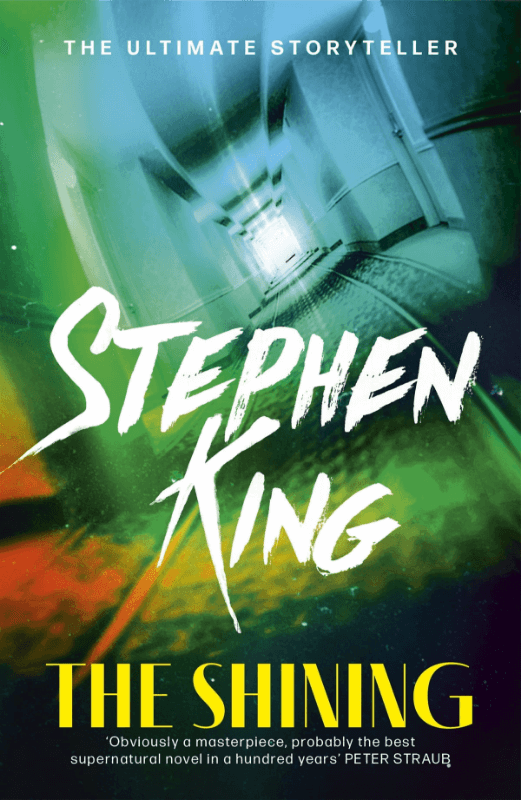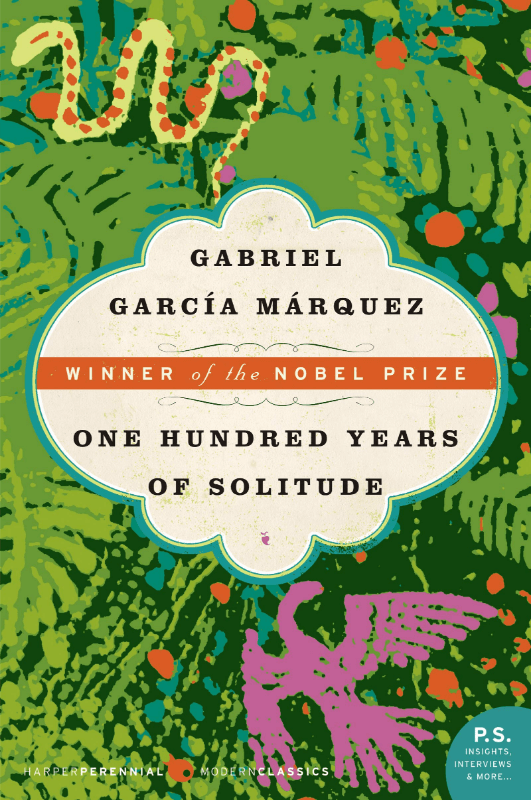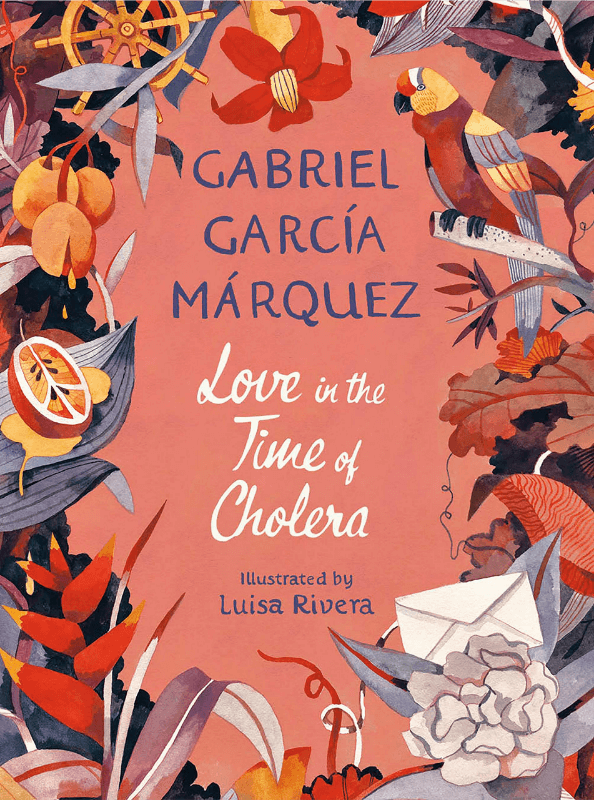As writers, we often focus so much on perfecting our sentences that we overlook other steps that bring books to life. One of these essential steps is book design. It doesn’t just make your book look great; it also ensures it resonates emotionally with readers.
So, what exactly does book design entail? It includes everything from the cover to the layout of your pages. As a self-publishing author, you have the freedom to make all design decisions on your own, but this freedom comes with its own set of dilemmas. Should you take on the design yourself, or is it better to hire a professional? How do you find a designer who can bring your vision to life? What tools and resources are available if you decide to create your own design?
No matter what decisions you make, having a solid understanding of the basics of book design is crucial. This knowledge will help you understand what makes a book aesthetically pleasing so that you can make smart choices whether you design the cover yourself or hire a professional.
In this article, we’ll go over the basics of book design, explore what you can expect from professional designers, and discuss how you can design your book on your own:
What are the elements of great book design?
Book design transforms your writing into a book that looks good and catches the reader’s eye. It includes several key elements, which we can categorize into four main areas:
- Cover design
- Interior design
- Graphics and illustrations
- Typography and typesetting
Each part plays an important role in creating a book that is pleasing to the eye and enjoyable to read.
Cover design
Cover design is important because it’s your book’s first impression on potential readers. Think of it as your book’s face—the first thing a reader sees before even turning a page. A well-designed cover not only catches the eye but also gives a glimpse into what the book is about without revealing too much.
What makes an effective book cover:
- Visibility and legibility: A great cover stands out, whether on a bookstore shelf or as an online thumbnail. It features clear, readable text for the title and author’s name at any size, making it easy for readers to recognize and remember your book.
- Reflective artwork: The best covers have artwork that offers a peek into the book’s narrative. This artwork should match the book’s tone, genre, or key themes. A dark silhouette would suggest a thriller, while an image of a happy couple hints at romance.
- Appropriate style and color palette: Effective covers use styles and colors that reflect the genre, attracting the target audience. For example, soft pastels draw romance readers, while bold, bright colors appeal to sci-fi enthusiasts.
- Professional quality: High-quality covers look polished and professional. They adhere to design principles and avoid common errors that make a cover look amateurish.
This isn’t an exhaustive list. Other key aspects of a great book cover are emotional appeal, consistent branding, unique designs, and distinctive layouts. All these elements help make the cover appealing and competitive.
Interior design
Interior design shapes the reading experience from the moment a reader opens your book. Think of it as setting the stage for your story, guiding readers smoothly from page to page without distractions.
Key elements of effective interior design:
- Thoughtful layout: A well-planned layout guides readers through your book. It arranges text, images, and other elements to create a balanced, easy-to-follow flow.
- Appropriate margins: Margins are crucial for readability. They prevent the text from feeling cramped and make the book more comfortable to read.
- Well-designed chapter headings: Clear and attractive chapter headings help readers navigate your book. They stand out but do not overpower the main text and remain consistent.
- Typesetting: Properly arranged text, with correct line spacing, paragraph indentation, and alignment, make the pages visually appealing and easy to read.
- Page numbers and running heads: These elements are vital for helping readers keep track of where they are in the book.
- Consistent style: Even spacing, similar paragraph styles, and design elements like dividers or borders give your book a professional look.
Effective interior design ensures readers enjoy every moment with your book.
Graphics and illustrations
Graphics and illustrations make books more engaging and appealing. Depending on the type of book, they serve different purposes.
In non-fiction, diagrams and infographics help explain complex ideas. In fiction, illustrations bring scenes and characters to life, adding emotional depth. In children’s books and comics, visuals carry much of the story.
Core elements of effective graphics and illustrations:
- Relevance: Good design ensures all illustrations and graphics are relevant to the content. They enhance the story or information instead of distracting from it.
- Quality: Good illustrations are clear and well-made, looking sharp on both screens and paper.
- Placement: Successful designs thoughtfully place visuals to complement the text. For example, illustrations at the start of a chapter can set the scene, and images placed next to related text work as an immediate reference.
- Consistency: A consistent design throughout the book uses the same color scheme, style, and graphics to reinforce its visual narrative.
Using modern tools
Modern tools have made it easier than ever for authors to create their own graphics. With 3D rendering, authors can create detailed visuals perfect for intricate descriptions. AI tools quickly turn text prompts into images, making it easy to tweak and customize them.
However, there are challenges. AI algorithms learn from a vast range of existing art, which can lead to copyright issues. Also, many people feel that AI-generated images can’t match the personal touch that human artists bring.
To use these tools responsibly, remember they’re meant to support, not replace, human creativity. For example, AI images can serve as references for designers to refine ideas. It’s important to be open about using these tools, as honesty helps build trust with your readers and shows respect for the art community.
Typography and typesetting
Typography is the art of picking the right typefaces—for example, Times New Roman over Arial. Effective typography makes your book not only look good but also comfortable to read. As a refresher, typefaces refer to the style of the lettering overall, while fonts are about the specifics, like Times New Roman in 12-point bold.
In the world of book design, typography goes hand-in-hand with typesetting—the way the type is arranged on the page. These two elements work together to make your text easy on the eyes and engaging.
Key elements of effective typography:
- Legibility and readability: Great books have typefaces that are easy to read, no matter the lighting. Good typesetting plays a role here too, by managing line spacing and length to keep your eyes from tiring out.
- Aesthetic harmony: The typefaces should match the mood and theme of the story. Typesetting helps by ensuring your pages look clean and tidy, with margins that line up correctly.
- Consistency: Keeping the same style of typefaces and layout from start to finish makes your book feel polished and professional.
- Attention to detail: With careful typesetting, every line and letter is perfectly spaced and aligned, making each page visually pleasing.
Unique typography in book design
Typography does more than just make the text look good—it can also help tell a story. Let’s look at some examples of famous authors using unique fonts to bring their books to life.
J.R.R. Tolkien
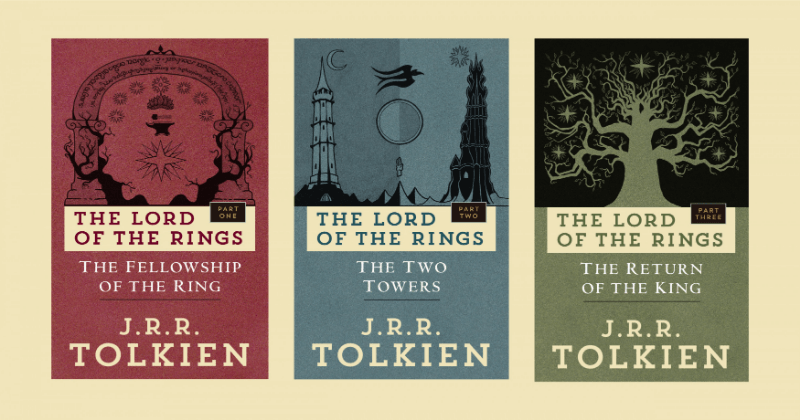
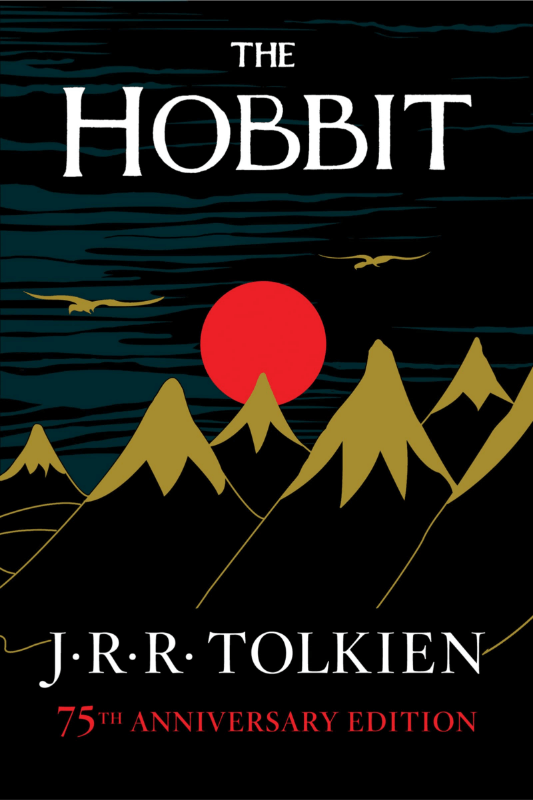
Tolkien’s books use fonts that look like old scripts. This matches the ancient, epic feel of his tales, pulling readers right into Middle-earth as soon as they glance at the page.
Stephen King
King often uses bold, unsettling fonts that set up a feeling of suspense and horror. This sets up the mood for his scary stories even before readers start the first chapter.
Gabriel García Márquez
Márquez’s books feature elegant and flowing fonts. They match his style of magical realism, where magical elements blend into the real world.
Starting with typography
If you’re new to this, a good rule of thumb is to pair a serif typeface for the body text with a sans-serif for the headings. Such combinations, like Cormorant Garamond paired with Montserrat Black, offer a balance of readability and visual interest. Select a combination that fits your book’s style, as it helps draw the reader’s eye through the pages effortlessly.
DIY vs. hiring a professional
Deciding between designing your book yourself or hiring a professional is a big choice. Each option has its pros and cons, and the right decision depends on your skills, budget, and audience expectations.
Let’s have a closer look at each.
Hiring a professional designer
When it comes to book design, you may consider hiring a professional designer. A skilled designer can make your book stand out with expertise and style that might be difficult to achieve on your own.
Pros and cons of hiring a professional
Pros:
- Expertise and skills: Professional designers have the skills to make your book look great and attract readers.
- Saves time: If you’re not experienced, designing a book can take a lot of your time. Hiring someone lets you focus more on writing and promoting your book.
- Market knowledge: Experienced designers know what’s trending and what sells. They can give your book the look it needs to grab attention in a crowded market.
Cons:
- Cost: Good designers cost money. Depending on how fancy you want to get, it could be a big part of your budget.
- Less control: Working with a pro means they bring their own style to your project, and sometimes what you picture might not line up exactly with their design.
- Dependency: When you rely on someone else for your design, you have to work on their schedule, which might delay things.
Finding the right professional
To find the perfect designer:
- Online platforms: Sites like Behance, 99designs, and Upwork let you browse hundreds of designers’ work to find one that matches your style.
- Referrals: Ask other authors or people in publishing who they like to work with; a good recommendation means a lot. Online writing forums and groups are a good place to start.
- Design services: If you want the full package from cover to layout, an agency can handle everything, making it simpler for you.
Ensuring they’re the right fit
To make sure a designer is a good match:
- Check their past work: Look at what they’ve done before to see if you like their style. Make sure they’ve got experience with your kind of book.
- Talk to them: A good designer will listen to your ideas and explain their process. You should feel like they get what you’re trying to do.
- Read reviews: See what other authors have said about working with them. Happy clients usually mean good work.
- Sample designs: Some designers will do a sample page or a concept design for you. This is a great way to see if what they create matches what you’re imagining before you commit.
Designing the book yourself
Deciding to design your own book is a big step. If you like having full control over how your book will look or if you’re on a tight budget, DIY might be the way to go. Before deciding, weigh the pros and cons carefully and look for resources to help you learn the necessary skills.
Pros and cons of designing the book yourself
Pros:
- Cost-effective: Usually, it’s cheaper to do it yourself, especially with free or low-cost tools available.
- Complete creative control: You get to make all the decisions, from the cover to the layout, ensuring everything is exactly how you want it.
Cons:
- Time-consuming: If you’re new to design, there’s a steep learning curve, and designing a book can take a lot of your time.
- Quality risks: Without professional training, achieving a polished look that stands up against professionally designed books can be tough.
Resources for learning book design
Whether you’re just starting out or you’re ready to enhance your skills, there’s a range of resources that can help:
For beginners
- Canva. A user-friendly platform with drag-and-drop tools and lots of templates. It’s great for starters, and they offer helpful design tips, too. (Free version available. Pro version starts at $12.99/mo)
- Adobe Express: Another beginner-friendly tool that makes it easy to create book covers and promotional stuff. (Free version available. (Pro version starts at $9.99/mo)
For intermediate to professional designers
- Adobe InDesign: The go-to for professionals, perfect if you’ve got the basics down and want to create more detailed designs. ($34.49/month)
- Scribus: A free program like InDesign. It’s great if you’re comfortable with basic tools and looking for something more advanced without spending money.
- Affinity Designer: Another professional design software that’s quickly becoming the go-to for professional designers. It’s not as robust as Adobe InDesign, but they are consistently adding updates and offer a one-time payment purchase ($69.99- one time payment)
Additional resources
- LinkedIn Learning: Offers deep dives like “InDesign 2021 Essential Training” for those who really want to master everything about design. ($29.99/mo)
- MasterClass: Classes from top designers give you a peek into professional creative processes. (Starts at $120 billed annually)
- Udemy: Offers a wide range of courses on book design for all skill levels. You can learn at your own pace and choose courses that match your needs. ($21/mo)
- Local workshops and online webinars: Check out workshops in your area or online to get hands-on practice and advice from experts.
- Design conferences: Going to events like Adobe MAX or HOW Design Live can expose you to new trends and let you learn from the best in the business.
Final thoughts
Navigating book design might seem overwhelming at first. You may wonder whether it’s best to invest in a professional designer or take the DIY path. A solid understanding of what effective book design is will guide you in making the best decision.
Great book design does more than make your book look good; it crafts a lasting first impression for your readers. Whether you choose a professional designer or decide to design the book yourself, plenty of resources are available to help you.
Take the time to assess your needs and the specific requirements of your book. Remember, your book’s design is a great chance to make an impact.


